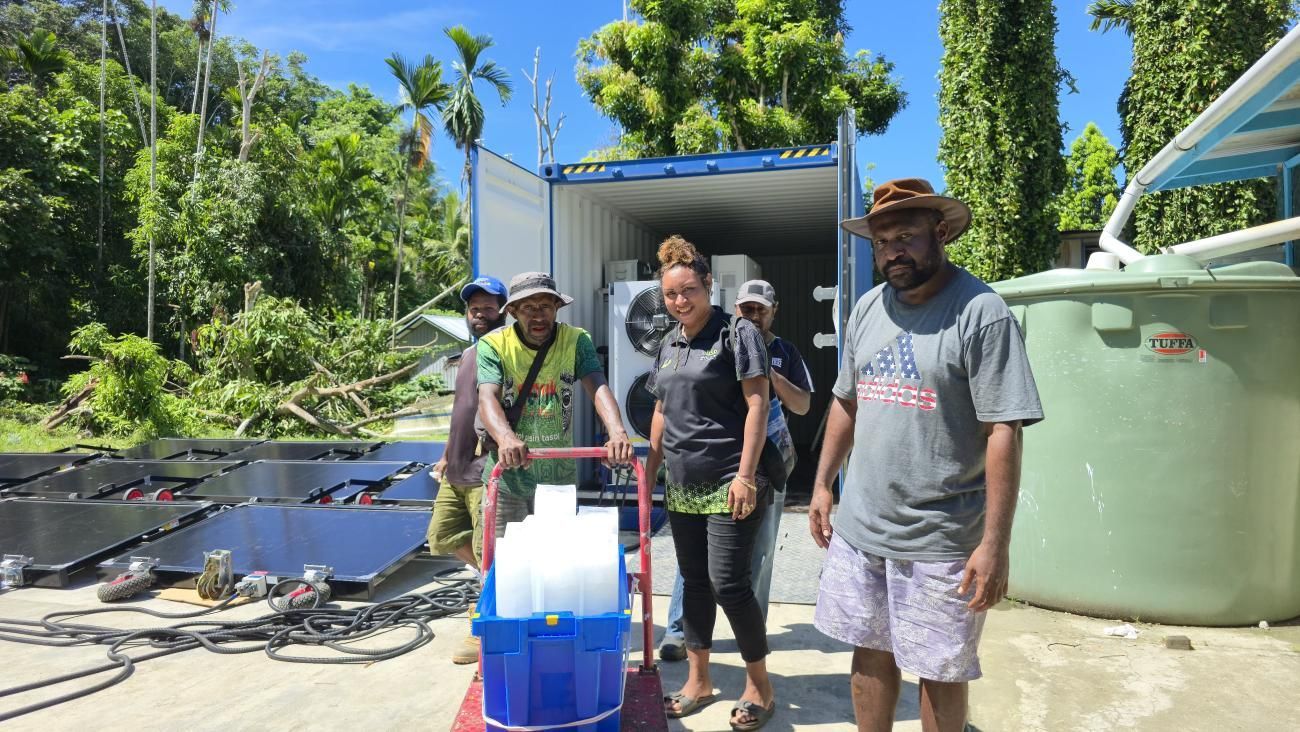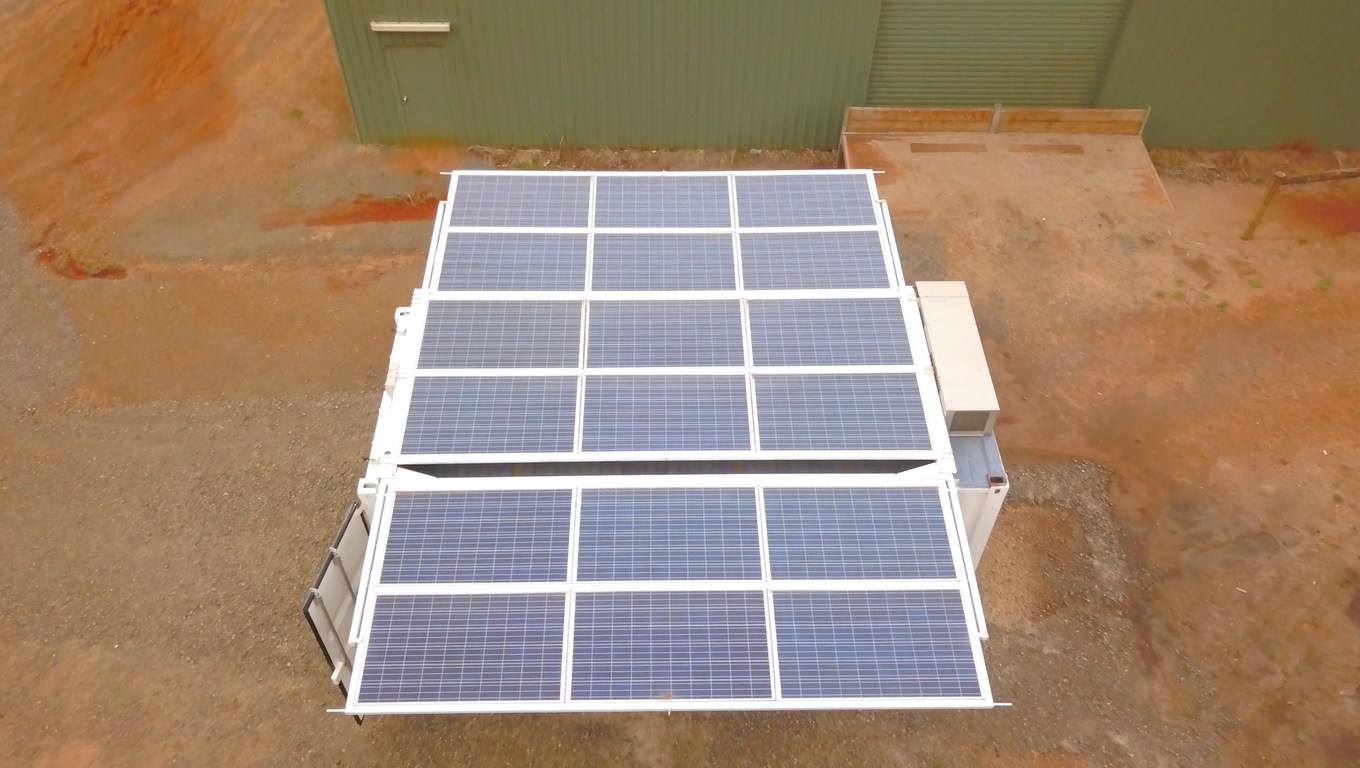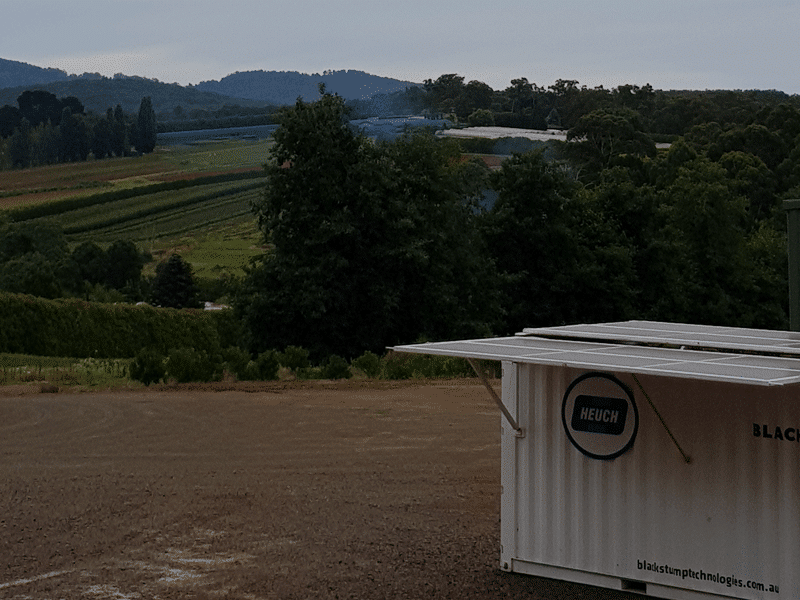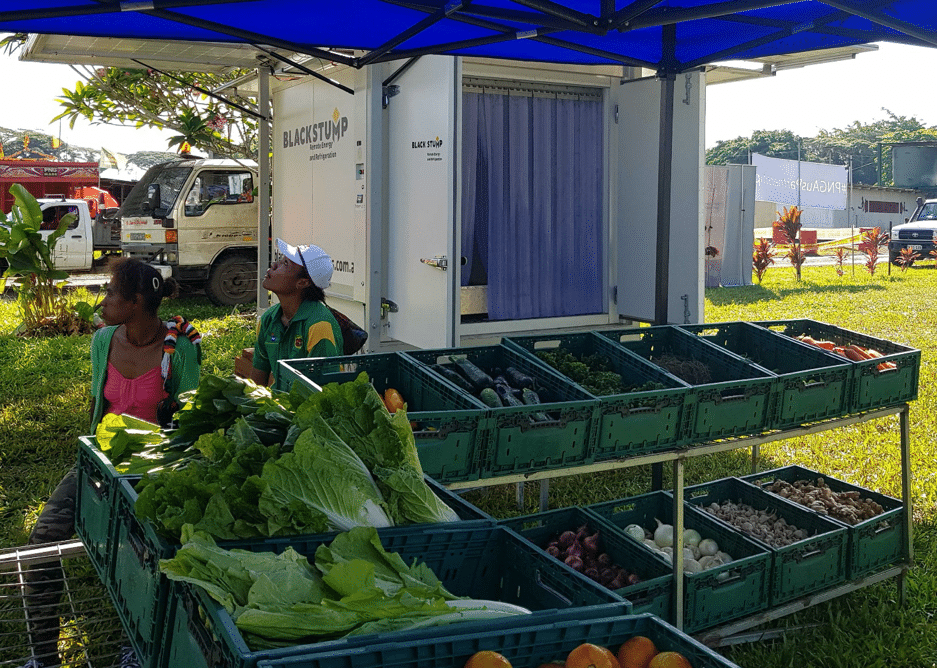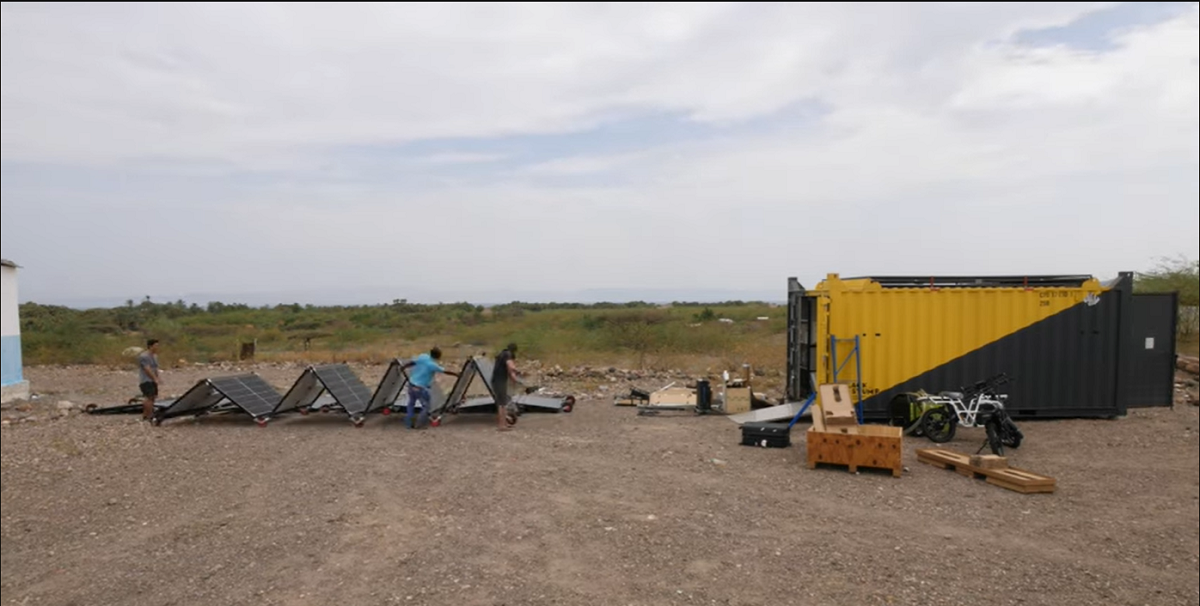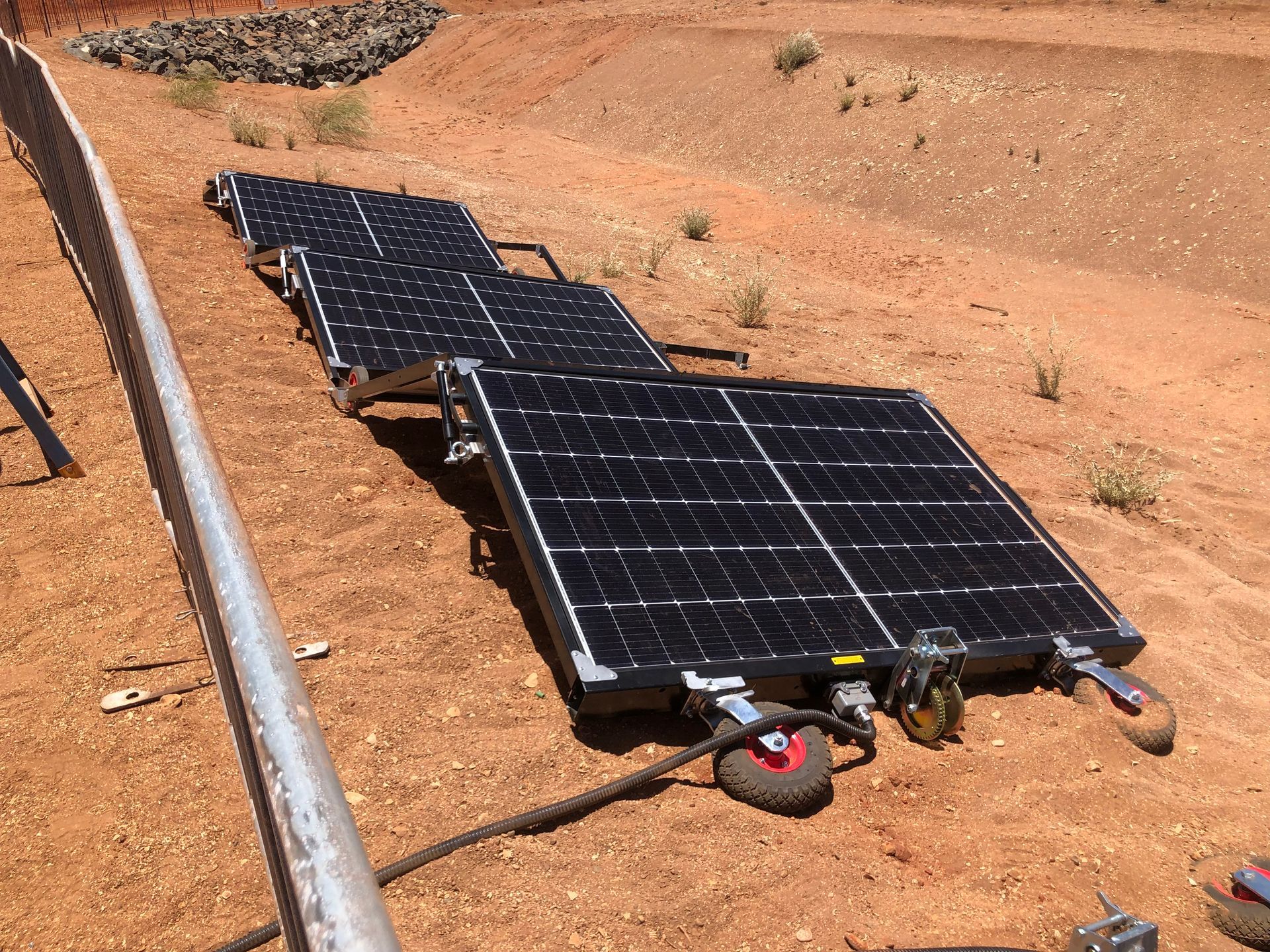What Australia’s National Climate Risk Assessment means for remote infrastructure
Australia’s first National Climate Risk Assessment is a landmark moment for infrastructure planning — particularly for remote and off-grid operations.
The report, delivered by the Australian Climate Service in partnership with CSIRO, the Bureau of Meteorology and Geoscience Australia, offers the most comprehensive national picture yet of how Australia’s climate-related hazards will affect critical infrastructure, communities and supply-chains.
For remote and regional infrastructure providers, this means the stakes are rising. The assessment highlights that the infrastructure and built-environment system — including energy generation, transport, water, telecommunications and supply-chains in regional/remote areas — is exposed to escalating risks from hazards such as extreme heat, flooding, bushfire and tropical cyclones. The consequences? More frequent service disruptions, higher maintenance costs, and the potential for stranded assets in high-hazard zones.
At Black Stump Technologies we recognise this shift.
Our Solarators® are designed for remote deployment. Whether it’s off-grid sites facing cyclonic winds or isolated communities subject to flood-prone access routes, our solar-powered system enables power generation that is less dependent on vulnerable fuel supply chains. On the cooling front, our cold-chain solutions bolster infrastructure resilience by ensuring vital refrigeration and storage continue even when grid or transport infrastructure is compromised.
Planning for remote infrastructure today means aligning with the detailed risk insights now available. The Assessment emphasises that early action and adaptation reduce long-term costs. Operators in remote regions should therefore prioritise resilient, modular systems that can be scaled and relocated as hazard maps evolve, rather than oversized and permanent fixed installations that assume stable conditions.
In short: resilience is the new baseline.
In conclusion: the National Climate Risk Assessment isn’t just a policy document — it’s a blueprint for how remote infrastructure must evolve. For businesses, communities and governments working beyond the grid, it signals a clear imperative: build with climate-resilience at the core, and leverage technologies that can survive and thrive in the more extreme climate world ahead.


